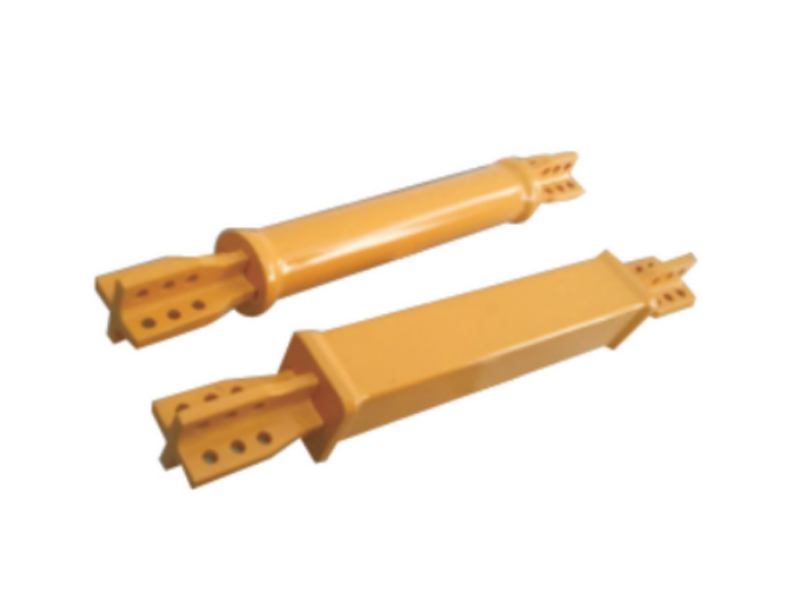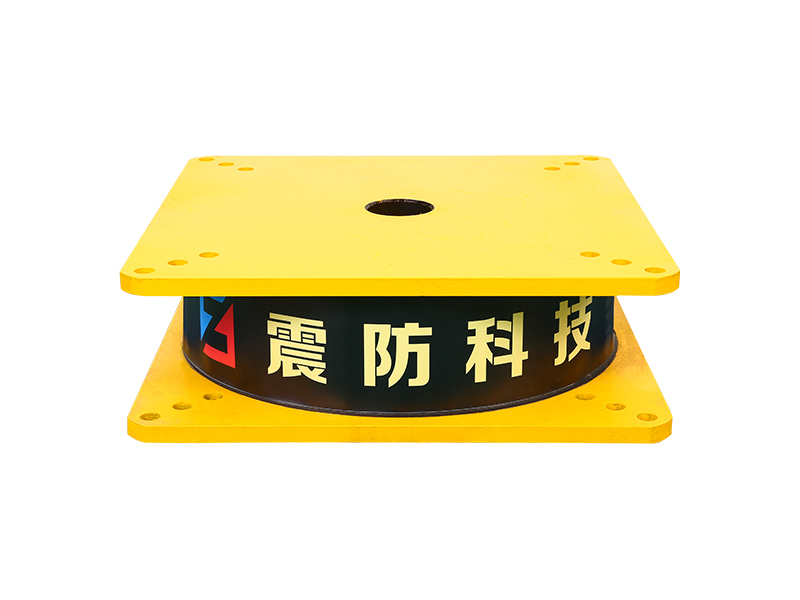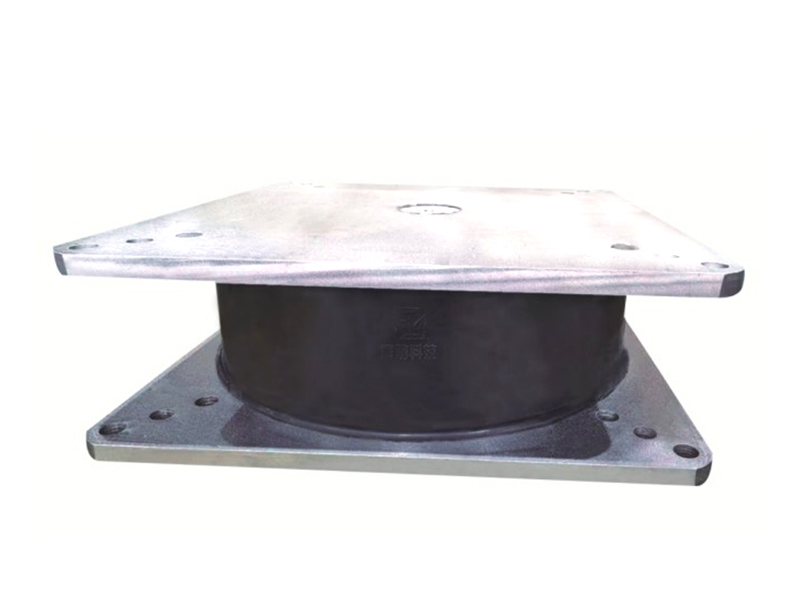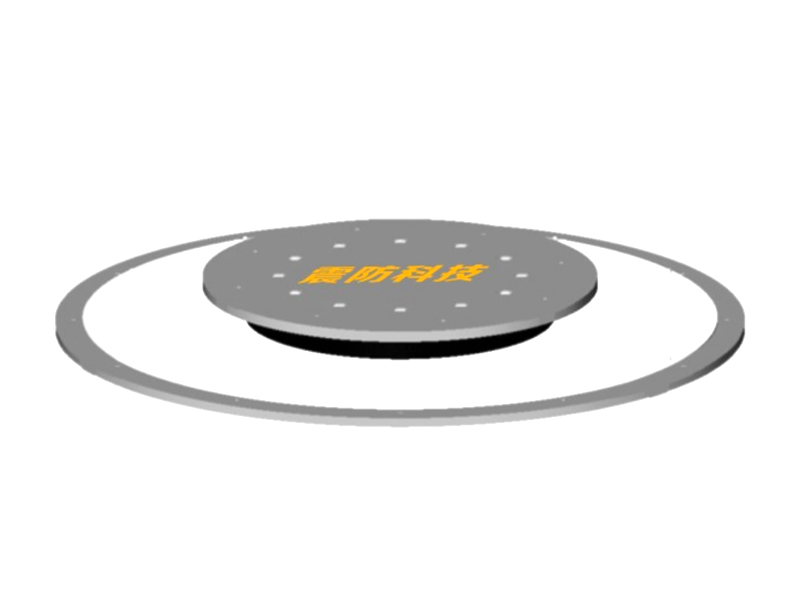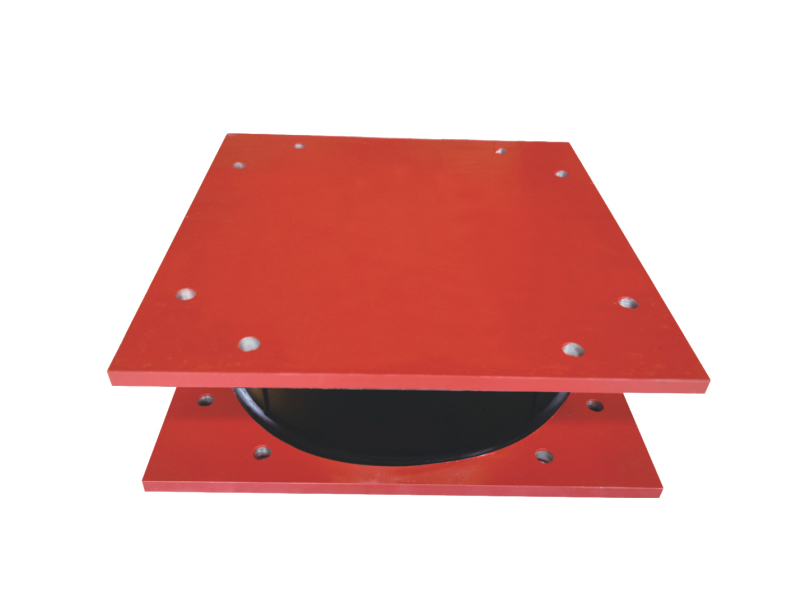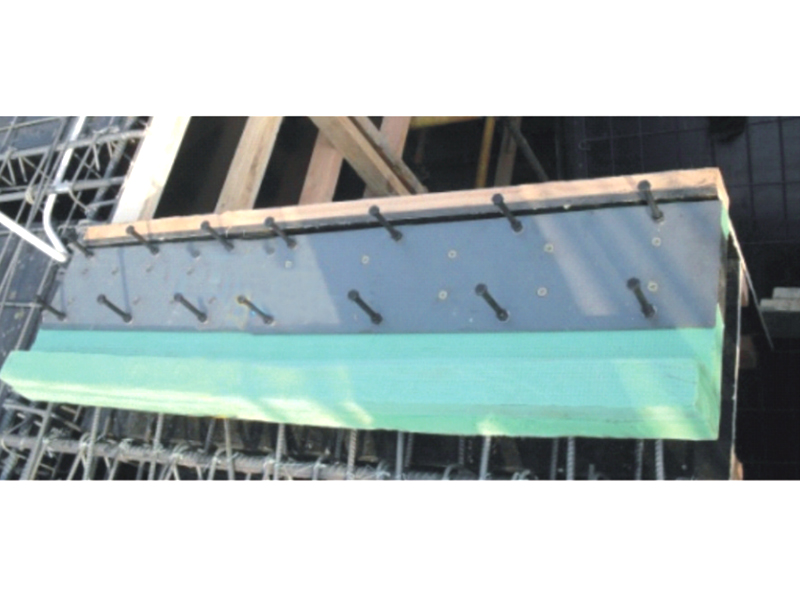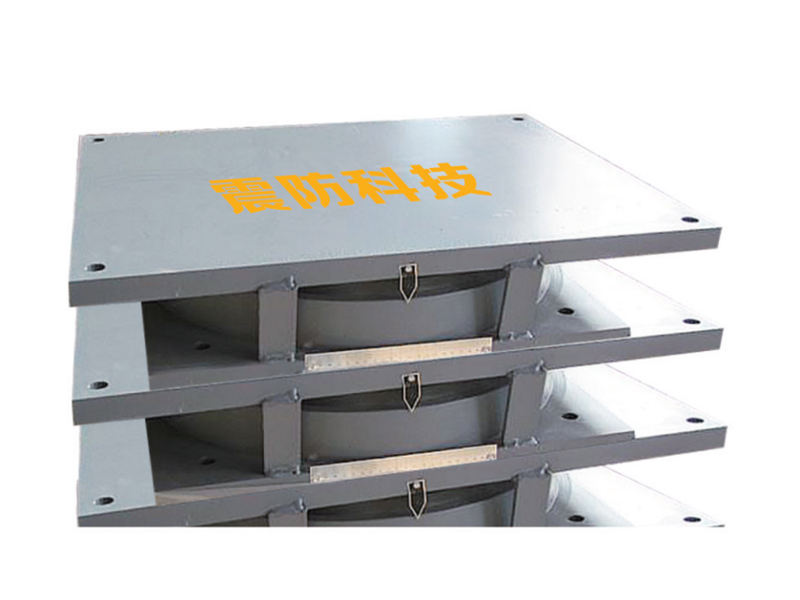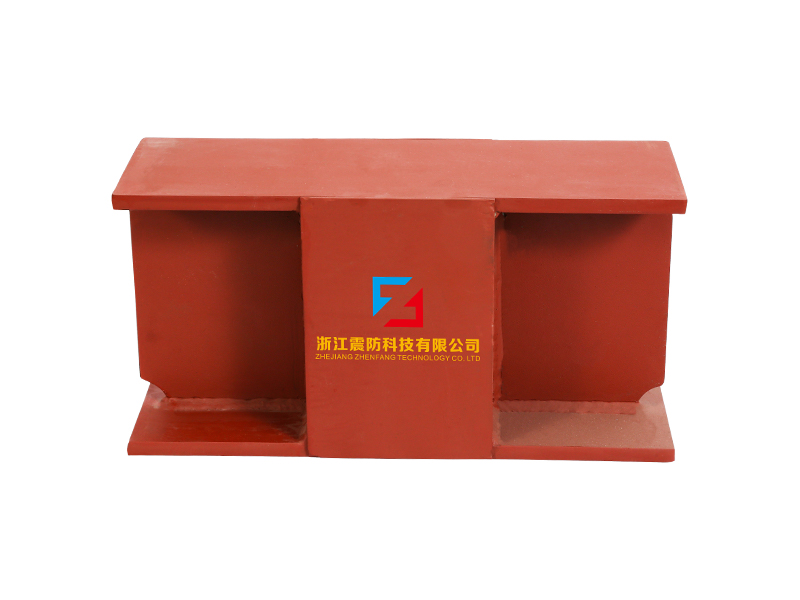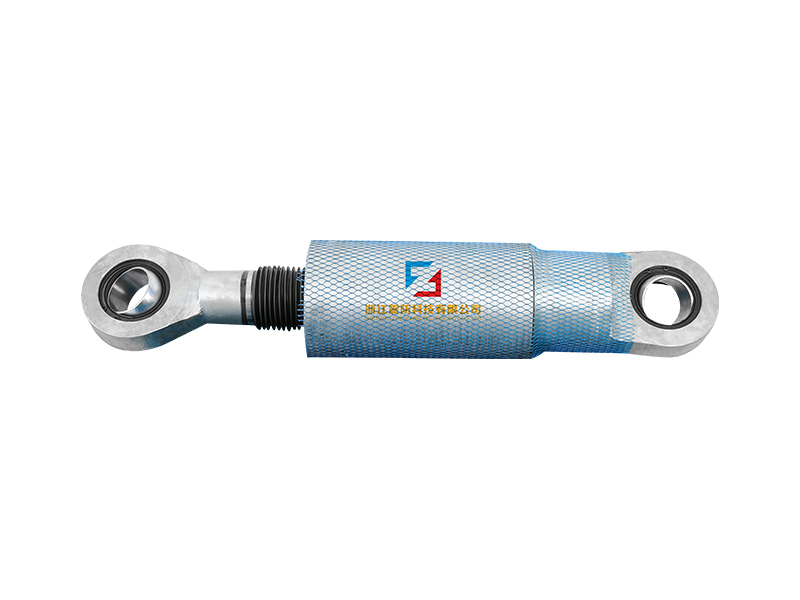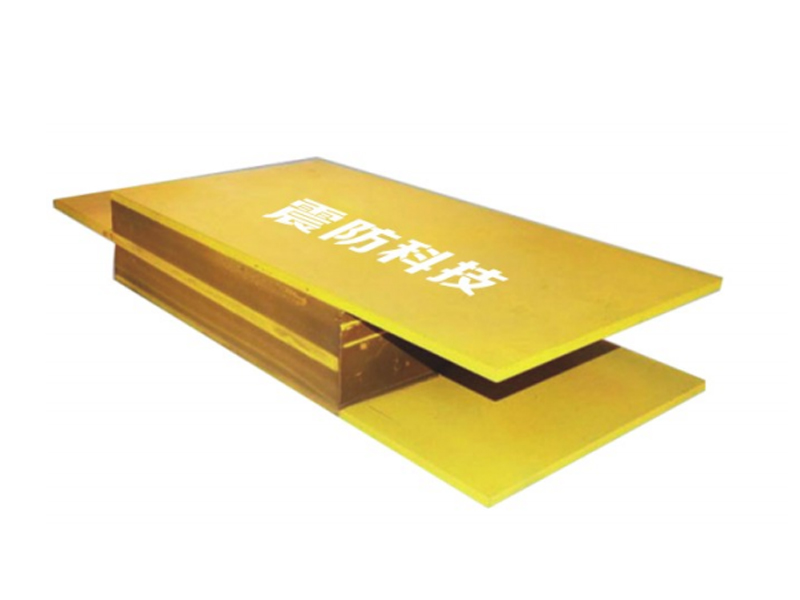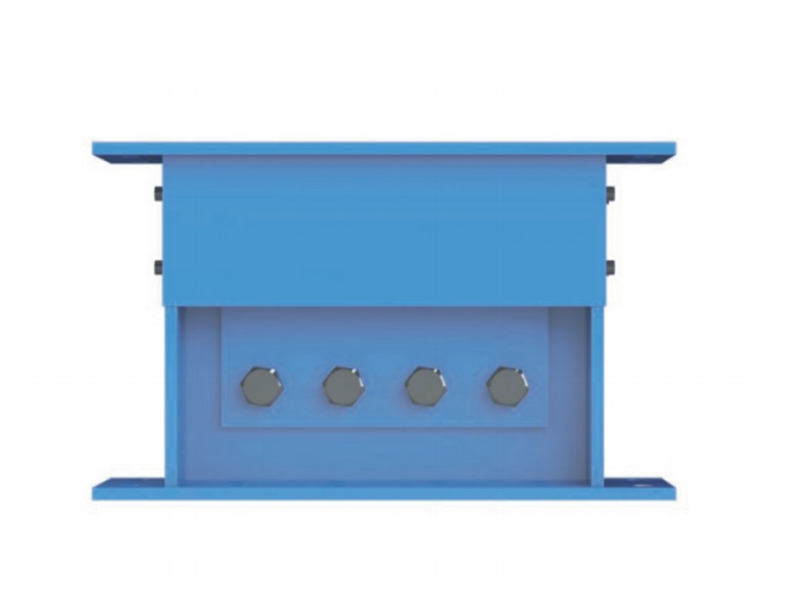The main purpose of a buckling restrained brace is to prevent local shear buckling of the beam web due to axial forces. Typically, this means that a high ductility moment frame is used to provide decent post-yield stiffness. Several advantages of a buckling restrained bracing system include its ability to absorb shock, improve structural performance, and provide decent post-yield stiffness during seismic events.
Buckling Restrained Braces have excellent hysteretic performance. They are typically made from steel that is ductile to accommodate high axial forces. This type of support also has excellent energy dissipation capabilities. A metal damper or a sleeve may act as a fuse to prevent the core from buckling.
A Buckling Restrained Brace (BRB) is a structural support device that is used to support steel frame buildings. The brace consists of a deformable core plate that is surrounded by a discrete spring layer 14. The deformable core is usually connected to another structure by means of a casing tube, and the ends are joined together by a connection section. In addition, a gauge section is included within the core that is capable of plastic deformation during earthquakes. This section should comprise 80-90% of the entire core length. A transition segment 18 may be included between the core plate and its connections.
A new type of buckling restrained brace (BRB) was designed that has a variable-cross-section core. The BRB-VCC was designed using a mathematical and mechanical model to determine how the new design should behave. Tests were conducted to confirm that the proposed BRB performs as predicted.
The buckling-restrained brace system is used to reinforce buildings and structures to protect them from earthquake and lateral forces. It is the first line of defense in a building when it comes to seismic protection. It provides a structural support to the main frame, which can significantly reduce floor shear force and seismic impact.
The buckling-restrained brace system was developed in Japan and is now widely used in both new and retrofitting frame systems. It comprises a stainless steel core bar that is inserted into a mild steel pipe filled with grout. The stainless steel core bar connects to novel end-restrained units called fingers.
In addition to providing structural support, a BRB is also a useful means of energy dissipation and added stiffness. They can also deform plastically, which reduces floor acceleration and inter-story drift. During an earthquake, the more powerful the earthquake is, the greater the amount of inter-story drift will be.
A BRB can also be made with a hybrid metal core/composite casing. The latter type may have a filament wound composite shell as its outer casing. Both materials can be used in combination to create a BRB that will meet specific structural requirements. However, a hybrid metal core/composite casing provides a higher strength. It also allows for increased flexibility, and a reduced cost.
